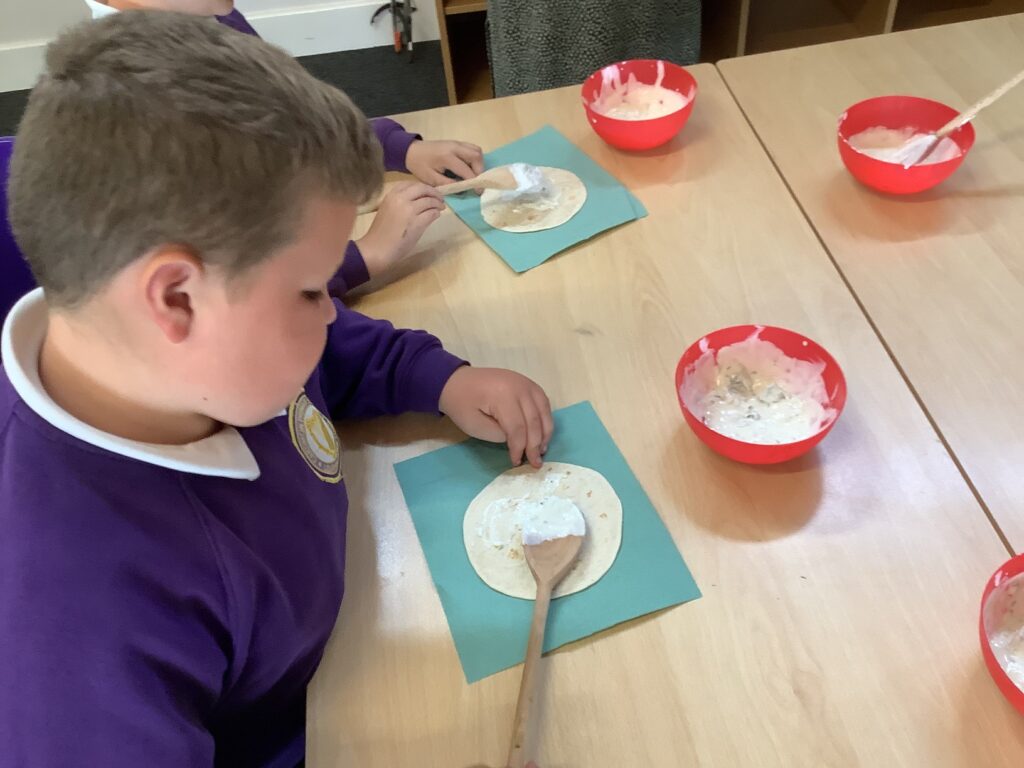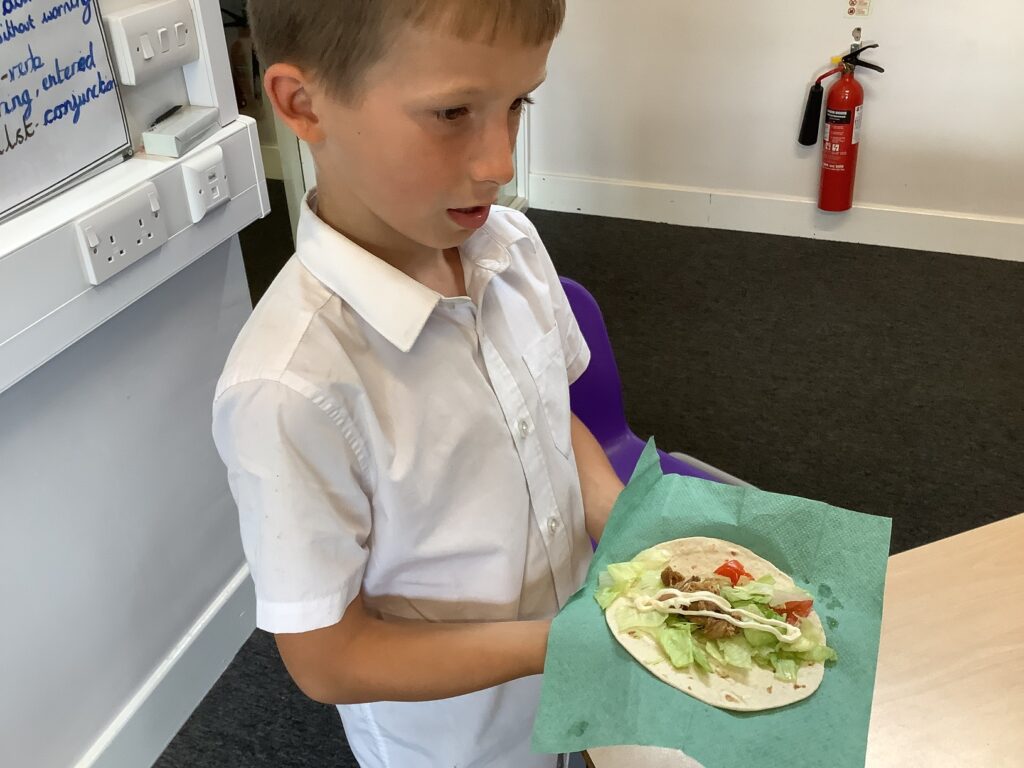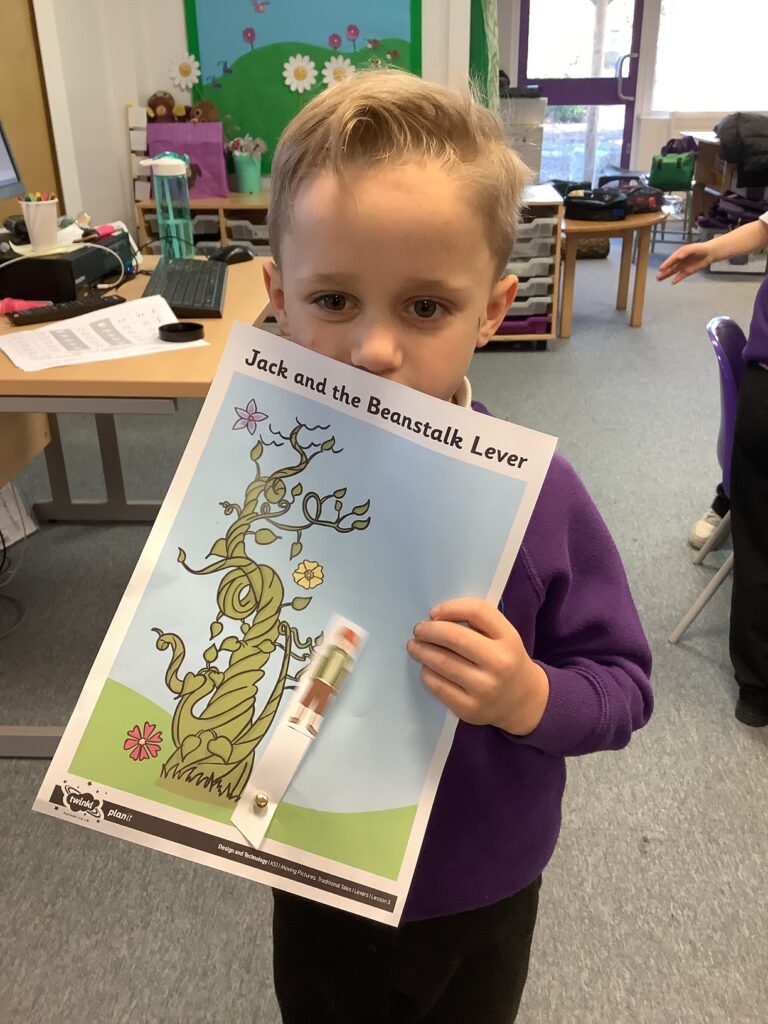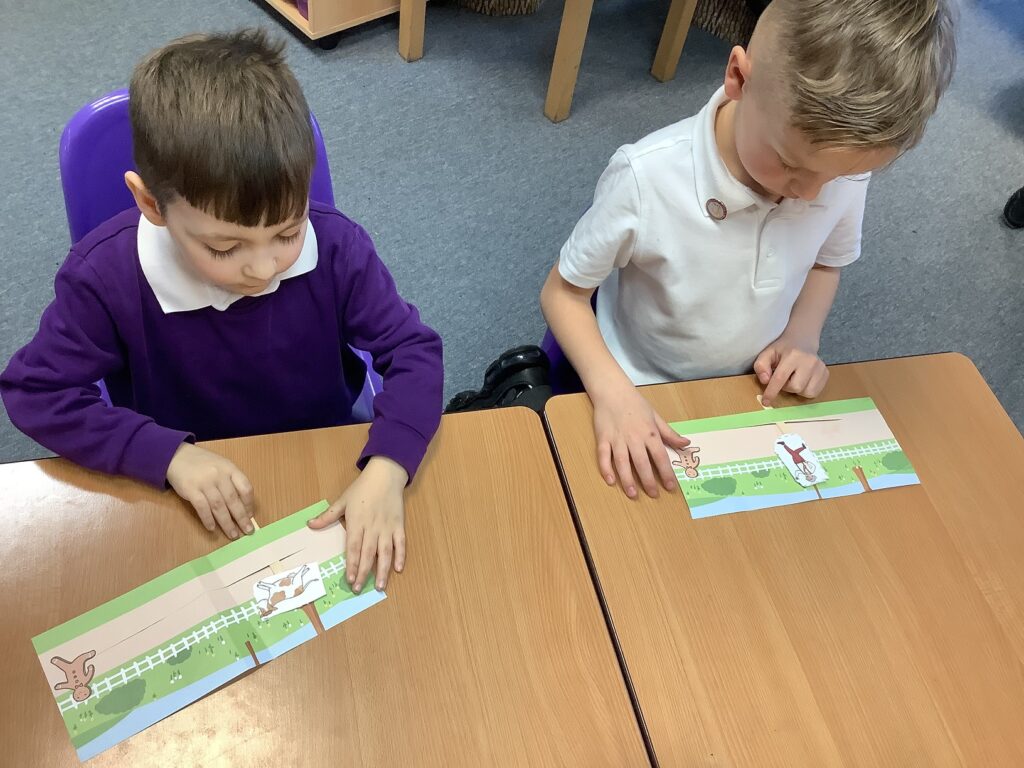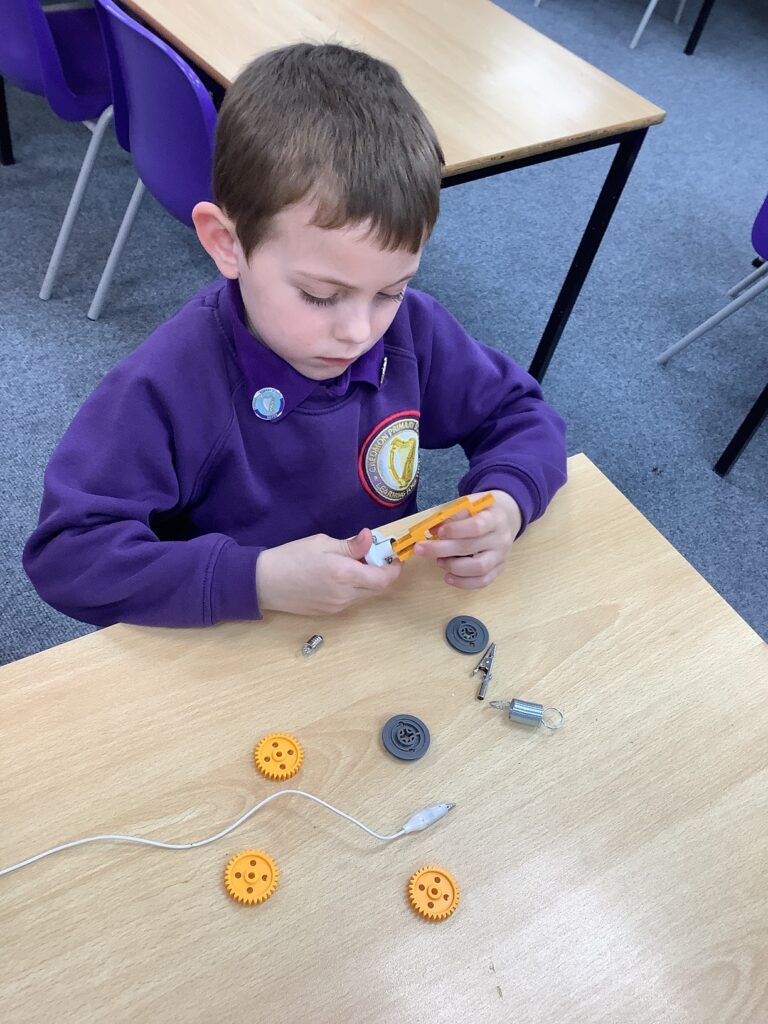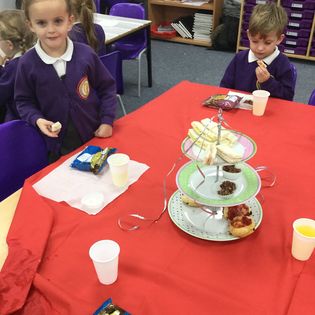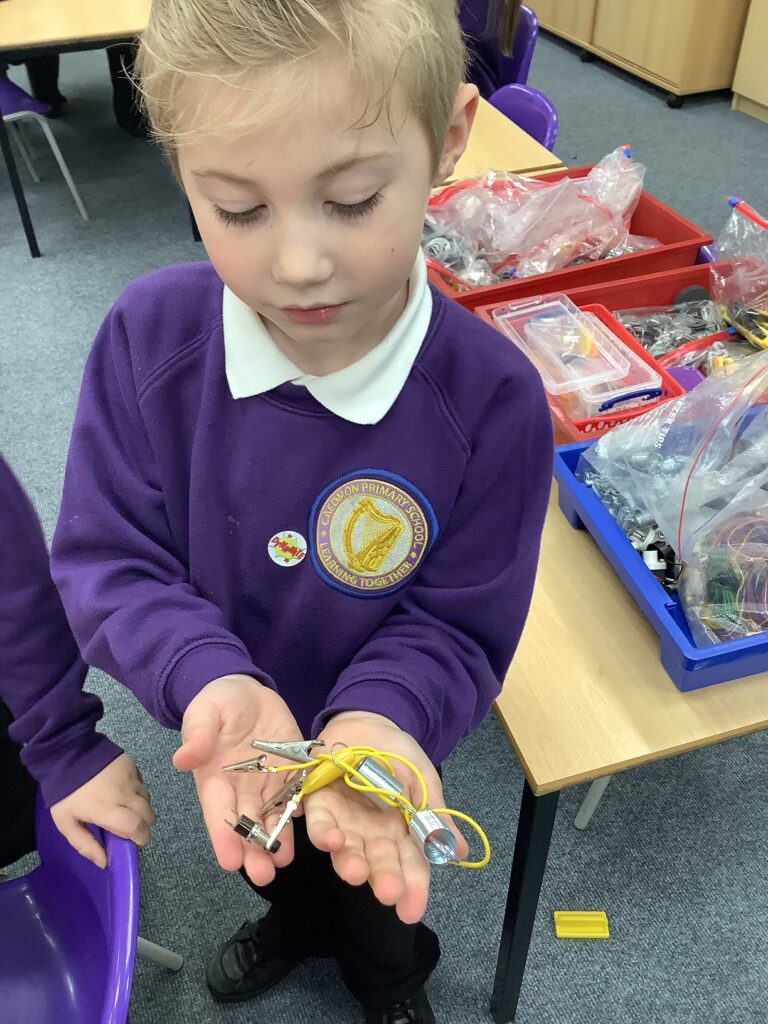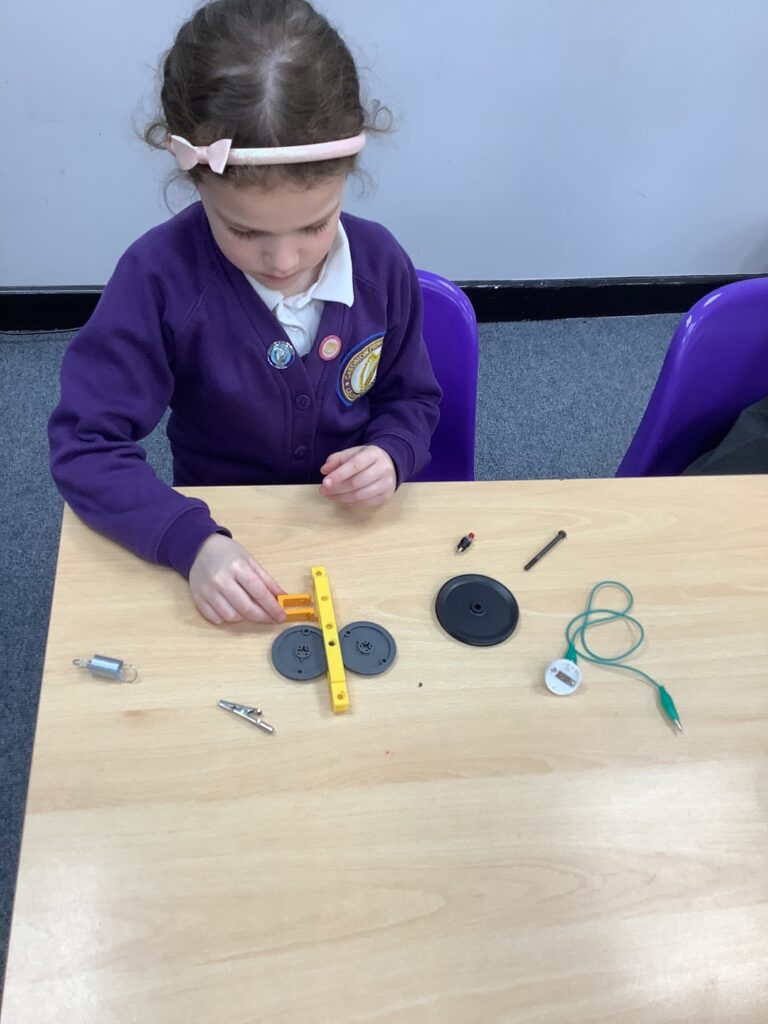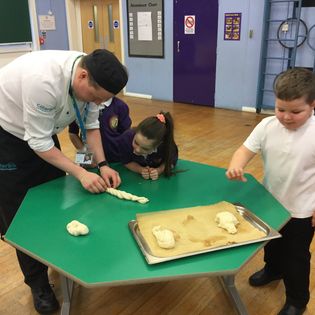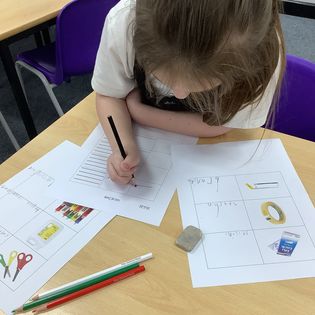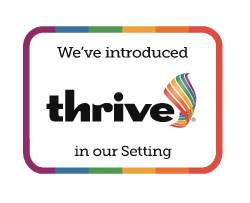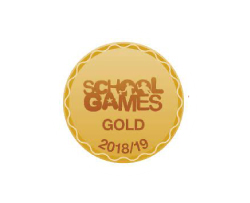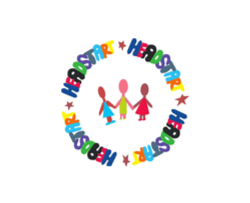Intent
Rationale
At Caedmon Primary, we believe that design and technology helps to prepare children for the on-going innovations and developments in our world. Children are encouraged to become problem solvers, combining practical skills with a design process to solve real problems. Using design and technology, children can develop a critical understanding of its impact on the world around them.
Aims
At Caedmon Primary, we have a bespoke curriculum which stimulates imagination and innovation and provides practical hands-on experience to work through the design process. We aim for all children to be inspired by engineers, designers, chefs and architects to enable them to design and create a range of structures, mechanism, textiles, electrical systems and food products with a real purpose, considering their own and others’ needs, wants and values. We aim for pupils to develop as confident, independent learners in design and technology so that they gain the creative, technical and practical expertise needed to perform everyday tasks confidently and to participate successfully in an increasingly technological world. Our aims for design and technology are that children will develop imaginative thinking and will build a repertoire of knowledge, understanding and skills in order to design and make high-quality prototypes and products. Children will be encouraged to select appropriate tools and techniques for making a product, whilst following safe procedures. They will be taught how to critique and develop their products. Children will also be taught to understand and apply the principles of nutrition and will learn how to cook. We aim to further children’s curiosity and enjoyment of designing and making and to prepare them for their life beyond primary school, supporting their overall knowledge of careers an broaden their aspirations.
Key Concepts
We focus on the key concepts of: Design; Make and Build; Evaluate; Technical Knowledge and Cooking & Nutrition.
Skills Progression
Our curriculum takes children on their journey from Nursery right through to Year 6.
In Nursery and Reception:
Our Early Years curriculum for Nursery and Reception pupils follows the ‘Early Years Framework’ which then links into Years 1-6 where we follow the National Curriculum for Design and Technology. We have designed a sequenced and progressive long term planning format to ensure that lessons build on prior knowledge and enable our pupils to know more and remember more. Please visit our Early Years page within this section of the website to find out more.
In Key Stage One, children will:
- think of an idea, make a plan and design their product.
- choose their tools and materials and explain why they have made those choices.
- use their tools and materials to make their product.
- evaluate their product.
In Key Stage Two, children will:
- use market research and ideas from others to inform their design process. Think about their target audience and explain why the product will appeal to the them.
- plan and design their product and evaluate their design process.
- use a variety of tools and materials, including electrical components, children work accurately to measure and make their design.
- work is then presented in a variety of ways and evaluated against a certain criteria.
Core Skills
Communicate ideas, construct, design, draft, draw, evaluate, use estimation.
Literacy Skills
English is reinforced through design and technology by giving children the opportunity to write plans, instructions, rationales and evaluations. Additionally, children will continue building their oracy skills by articulating ideas, comparing and contrasting their views with others.
Mathematical / Numeracy Skills
Children can apply methods of calculation and measurement to real life situations.
Implementation
Strategies and Teaching Resources
At Caedmon Primary, all pupils are taught design and technology through the design process. This runs through each and every topic and will provide children with project management knowledge and skills that they will be able to apply to many areas in the future.
Children present their work in design booklets for each project. Design and Technology is built around essential knowledge, understanding and key skills stated in the National Curriculum. The teaching of Design and Technology follows the cycle: evaluate existing products then design, make and evaluate own products, introducing new technical knowledge as required. The design process is relevant in context, giving purpose and meaning to learning. While making, children are given choice and a range of materials and tools to choose freely from. Children are either given a criteria or they can design their own criteria as a class together. When evaluating, children are able to evaluate their own and others’ products against a design criteria.
Where appropriate, we use links with our local secondary school who provide workshops and visits and we access events/projects and careers links where and when possible to deepen the children’s understanding and enjoyment of the subject.
Our Design and Technology Gallery displays work that our children are proud of in a central place in school.
A range of construction materials and tools are used, including: card, paper, glue, straws, glue guns, clay, wood, plastics modelling tools, construction paper, scissors, woodwork tools.
Impact
Our learners will…
At Caedmon Primary, we feel it is important to nurture creativity and innovation through design, and by exploring the designed and made world in which we live. Children will have clear enjoyment and confidence in design and technology that they will then apply to other areas of the curriculum. Children will ultimately know more, remember more and understand more about Design Technology, demonstrating this knowledge when using tools or skills in other areas of the curriculum and in opportunities out of school. As designers, children will develop skills and attributes they can use beyond school and into adulthood. Children will have an increased awareness of careers relating to design. The large majority of children will achieve age related expectations in Design Technology.
